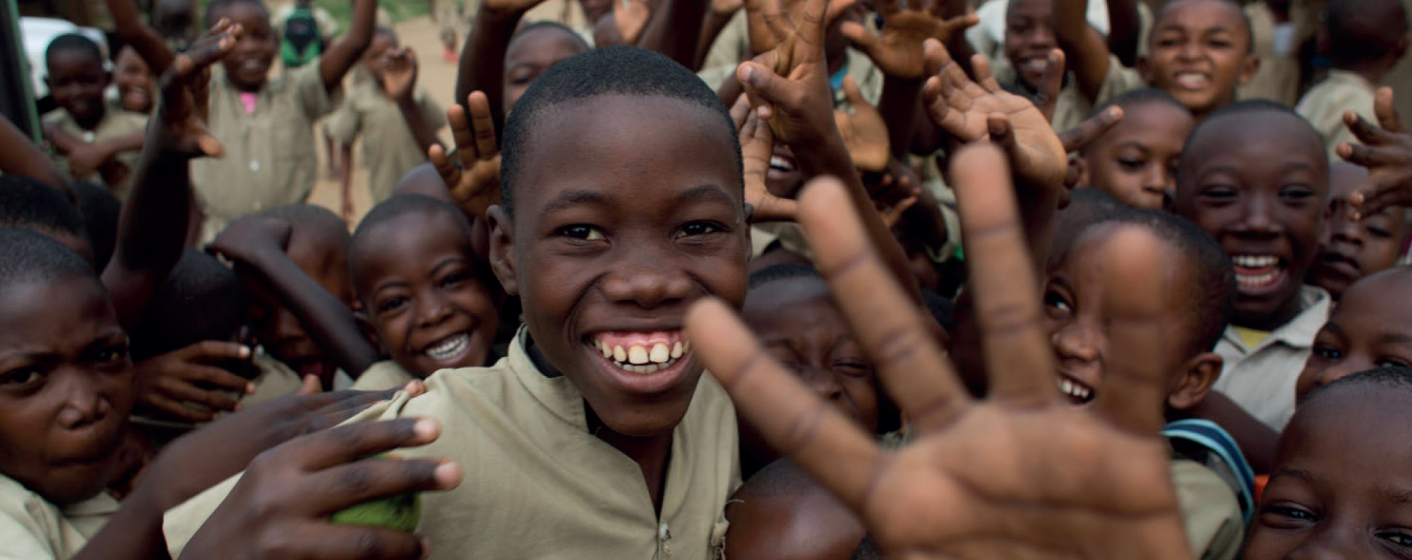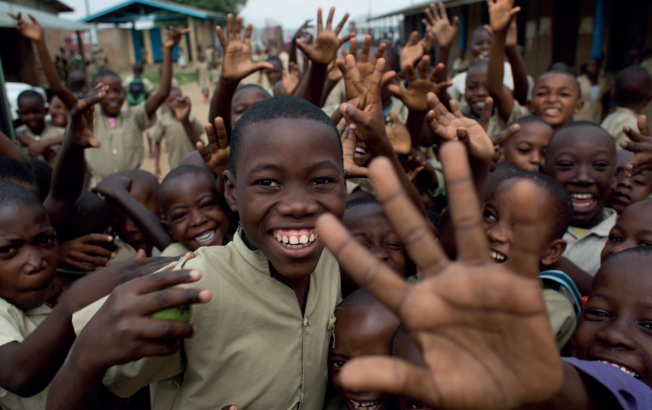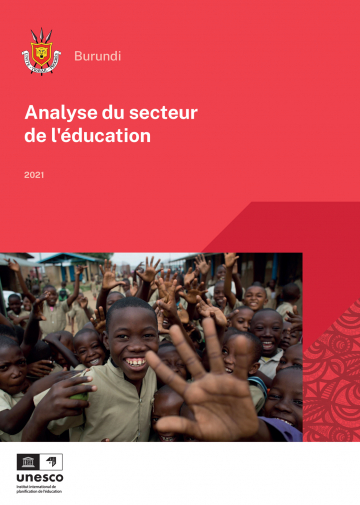Education and training in Burundi: priorities in a constrained environment
Despite a constrained economic context, Burundi has chosen to invest in its youth and its future. Over the past five years, the country has spent one quarter of its budget (excluding debt servic) and one third of its recurrent expenditure on education and training, well above the average for sub-Saharan Africa. However, in 2018, school life expectancy in Burundi (7.4 years) was lower than in neighbouring countries (8.1 years), and also recorded an exceptionally high grade-retention rate. While the proportion of children outside the education system has declined somewhat from 44 per cent in 2010 to 39 per cent in 2017, their number remains high (almost 2 million).
The still far-off goal of quality education for all
Burundi has made progress in terms of primary education participation, but internal efficiency remains low. The completion rate for primary education is estimated at 34 per cent, with high grade retention rates and even higher dropout rates.
The quality of education is also poor. While performance is relatively good at the start of schooling (grade 2 of primary education) it struggles to reach desirable levels in the 4th year of basic education or in the 6th year of the same learning cycle. According to the PASEC2019 report, in grade 6 of primary education, fewer than 30 per cent of students score above the minimum skills threshold in reading, and just 60 per cent achieve the minimum score in mathematics - a significant drop from 2014. The education system is also particularly unequal. Girls, rural children and children from the poorest households are less likely to attend school.
These inequalities are relatively minor at the primary education level but increase in the higher levels. Rural children are three times less likely to complete post-primary education than urban children (11 per cent versus 33 per cent). Out of every 100 children who reach post-basic education, seven come from the poorest households and 49 from the wealthiest. Finally, urban and wealthier households obtain seven and ten times more educational resources than rural and poorer households respectively.
In addition, there is also a lack of structural equity. The most educated 10 per cent, who also belong to the wealthiest strata of the population, benefit from two-thirds of public education resources. A disproportionate share of resources is devoted to higher education, at the expense of TVET (Burundi is one of the countries in sub-Saharan Africa that provides the least funding for this sub-sector). As a result, a public higher education student costs at least 20 times more than their TVET counterpart and 45 times more than a public primary school student.
A structural inequity is also noted. The most educated 10 per cent, who also belong to the wealthiest strata of the population, benefit from two thirds of public education resources. A disproportionate share of resources is devoted to higher education, at the expense of TVET (Burundi is one of the countries in sub-Saharan Africa with the least funding for this sub-sector). As a result, a public higher education student costs at least 20 times more than his or her TVET counterpart and 45 times more than a public primary school student.



